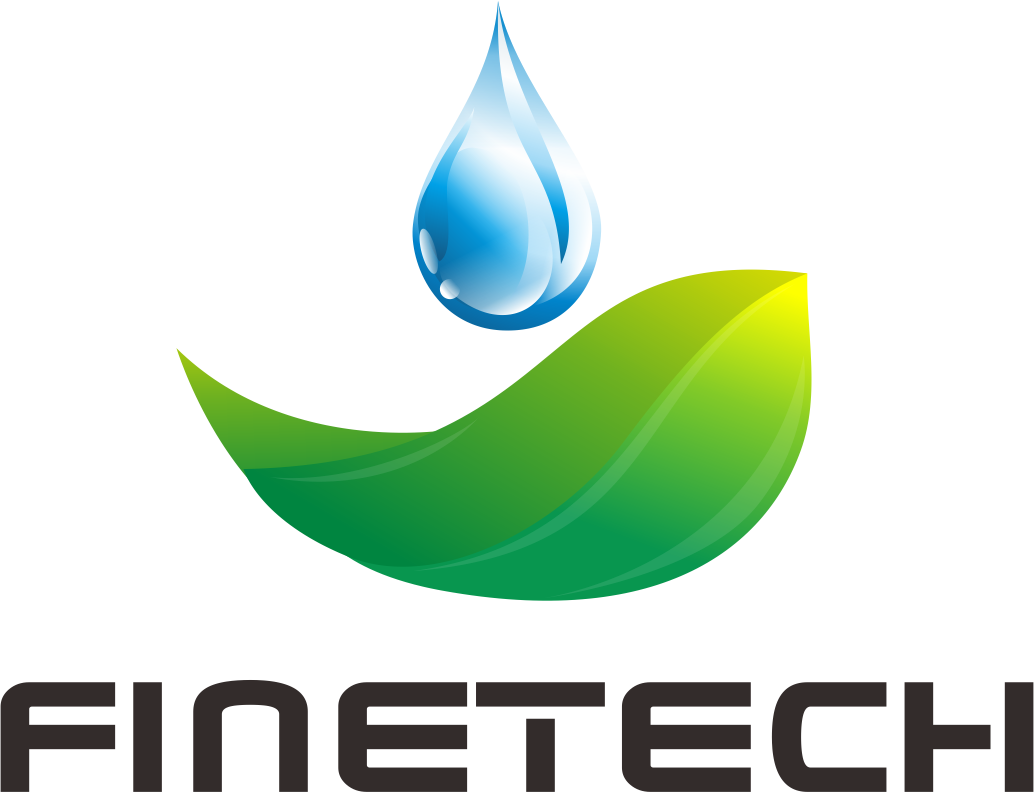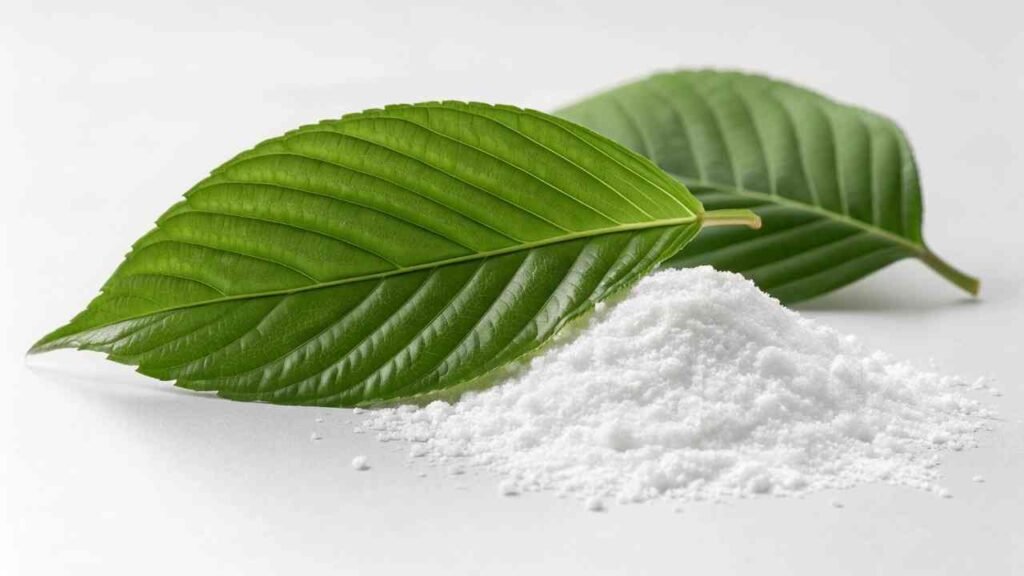Thinking about sustainability in your food ingredients? Wondering if Carboxymethyl Cellulose (CMC) fits the eco-friendly bill? Let's explore CMC's environmental aspects.
CMC is derived from renewable plant cellulose (wood/cotton) and is biodegradable. While its production involves chemicals, it compares favorably to some alternatives and can fit into sustainable sourcing if managed well.
Sustainability matters more now at FINETECH. Consumers and companies are more aware of environmental impact. Understanding CMC's eco-profile helps in making informed choices. Let's dive in.
From what renewable plant sources is Carboxymethyl Cellulose (CMC) typically made?
Where does CMC come from? Is its source renewable? Let's look at its plant-based origin.
CMC is mainly made from plant cellulose. Key sources are wood pulp (from managed forests) and cotton linters (a cotton by-product), both renewable resources.

CMC starts with cellulose, the most common plant material.
- Wood Pulp1: From trees like pine or eucalyptus, often from sustainable forests (FSC/PEFC certified).
- Cotton Linters2: Short fibers left after ginning cotton; upcycles a by-product. High cellulose purity.
Both sources are renewable. Responsible sourcing (e.g., certified wood) improves CMC's eco-friendliness.
Source Quick View:
| Source | Origin | Eco Note |
|---|---|---|
| Wood Pulp | Trees | Renewable; sustainable if managed well |
| Cotton Linters | Cotton By-product | Renewable; upcycles waste |
Is Carboxymethyl Cellulose (CMC) considered biodegradable after use?
What happens to CMC after use? Does it break down naturally? Let's check its biodegradability.
Yes, CMC is generally biodegradable. Microbes in soil and water can break down its cellulose structure, though the rate varies with conditions and CMC type (DS).
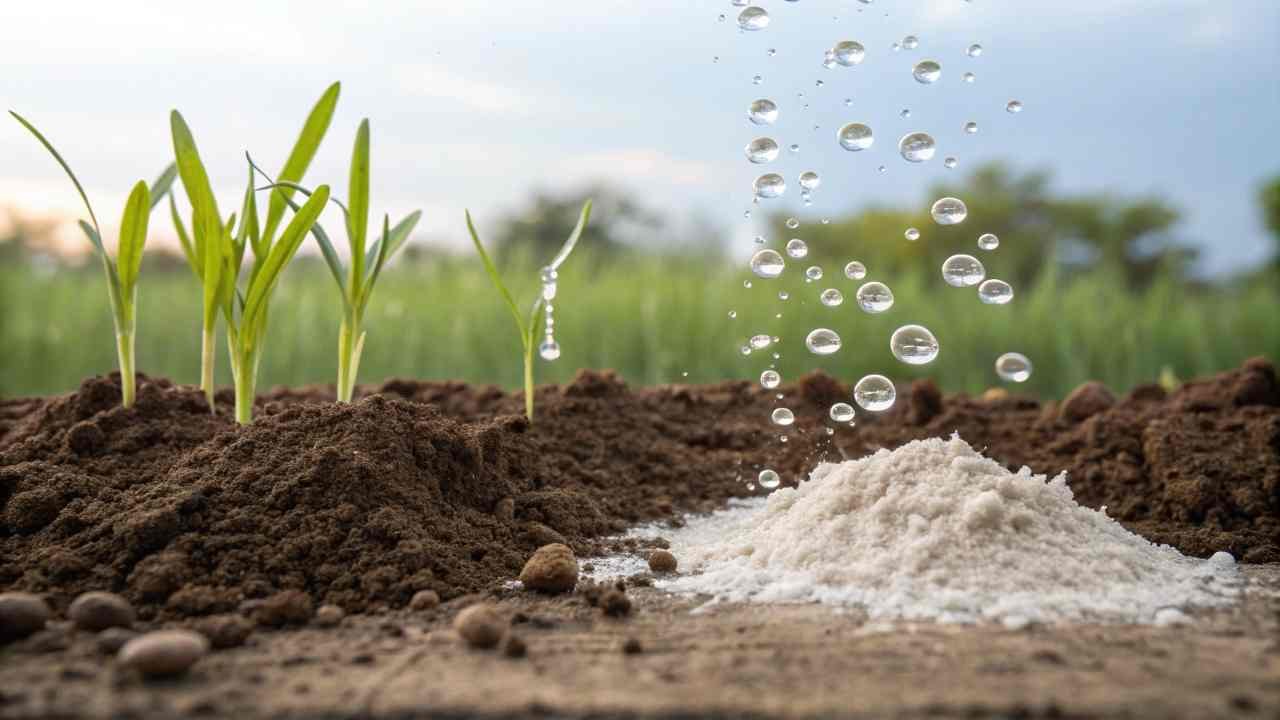
CMC's cellulose backbone is naturally broken down by microbes. The added carboxymethyl groups can slow this a bit, especially in higher DS (Degree of Substitution3) CMCs, but it still biodegrades. This is much better than non-biodegradable synthetic polymers. It won't persist long-term in typical environments.
Biodegradability Check:
| Aspect | CMC Status |
|---|---|
| Cellulose Core | Naturally Biodegradable |
| Carboxymethyl | May slow breakdown slightly |
| Overall | Considered Biodegradable |
How does Carboxymethyl Cellulose (CMC) compare to other thickeners like xanthan gum or guar gum?
Choosing thickeners? How does CMC's eco-profile compare to xanthan or guar gum? Let's do a quick comparison.
CMC, xanthan gum, and guar gum are all from renewable sources and are biodegradable. Their main eco-differences lie in their production processes and specific raw material impacts.
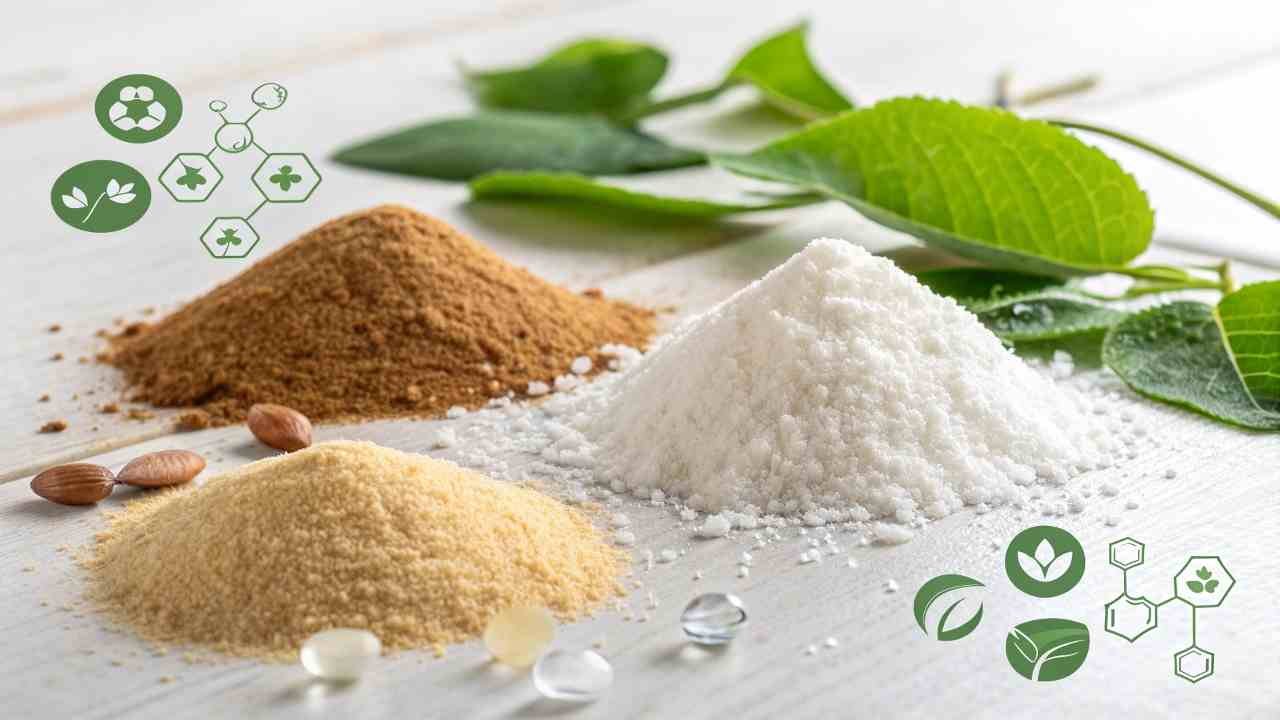
- CMC: Plant cellulose source, chemically modified. Eco-impact from chemicals/energy used and cellulose sourcing.
- Xanthan Gum: Bacterial fermentation of sugars. Eco-impact from energy for fermentation and sugar source (e.g., corn).4
- Guar Gum: Guar beans (plant). Simpler mechanical processing. Eco-impact from agriculture (water, land).
All are better than non-biodegradable synthetics. None is universally "best"; the choice depends on function and specific eco-priorities.
Eco-Profile Snapshot:
| Thickener | Source Type | Biodegradable? | Key Eco Note |
|---|---|---|---|
| CMC | Plant Cellulose (Modified) | Yes | Chemical processing, source |
| Xanthan | Fermentation (Sugars) | Yes | Fermentation energy, sugar source |
| Guar | Plant Seed (Guar Beans) | Yes | Agricultural impact |
What does having Carboxymethyl Cellulose (CMC) on the label mean for 'clean label' trends?
Aiming for 'clean labels'? Does CMC fit? Let's see how CMC is viewed in this trend.
CMC is chemically modified, so it's often NOT seen as 'clean label' by strict standards. However, its plant origin makes it acceptable to some, especially compared to more synthetic additives.
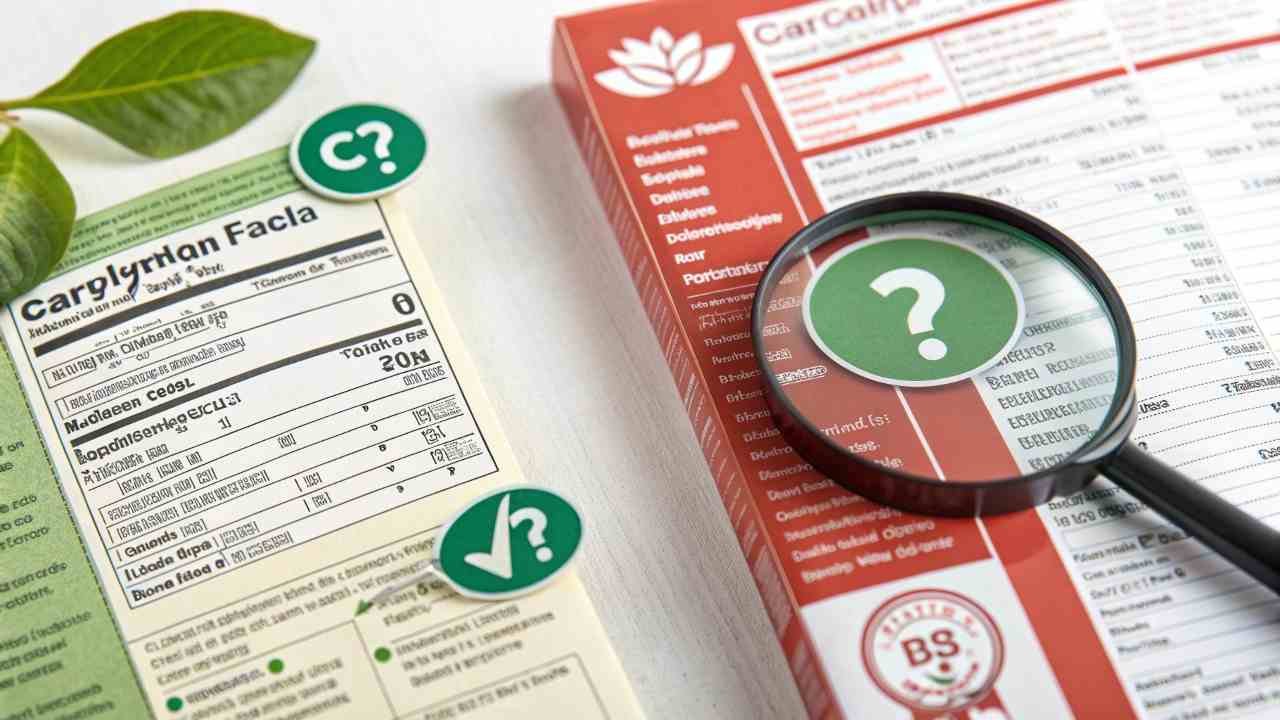
"Clean label" usually means few, simple, recognizable, and 'natural' ingredients.
- Challenge for CMC: It's "Carboxymethyl Cellulose" – a chemical name, and it's chemically modified. Its E-number (E466 in EU) can also be a negative for some.
- Advantage for CMC: It does come from plant cellulose.
So, CMC is in a grey area. It’s not "artificial," but the modification step moves it away from "natural" in purists' eyes. The decision depends on brand strategy5 and consumer perception.
Clean Label Scorecard for CMC:
| Aspect | CMC's Position | Clean Label View |
|---|---|---|
| Origin | Plant-derived | Positive-ish |
| Process | Chemically Modified | Often Negative |
| Name | "Carboxymethyl Cellulose" | Can sound 'chemical' |
| E-Number | E466 (EU) | Often avoided |
Are there readily available natural substitutes for Carboxymethyl Cellulose (CMC) in food?
Need CMC alternatives that are more 'natural'? Are there good options? Let's look at some.
Yes, natural thickeners like guar gum, locust bean gum, native starches (corn, tapioca), pectin, and agar-agar can replace CMC in some cases, but they have different properties and are not direct swaps.
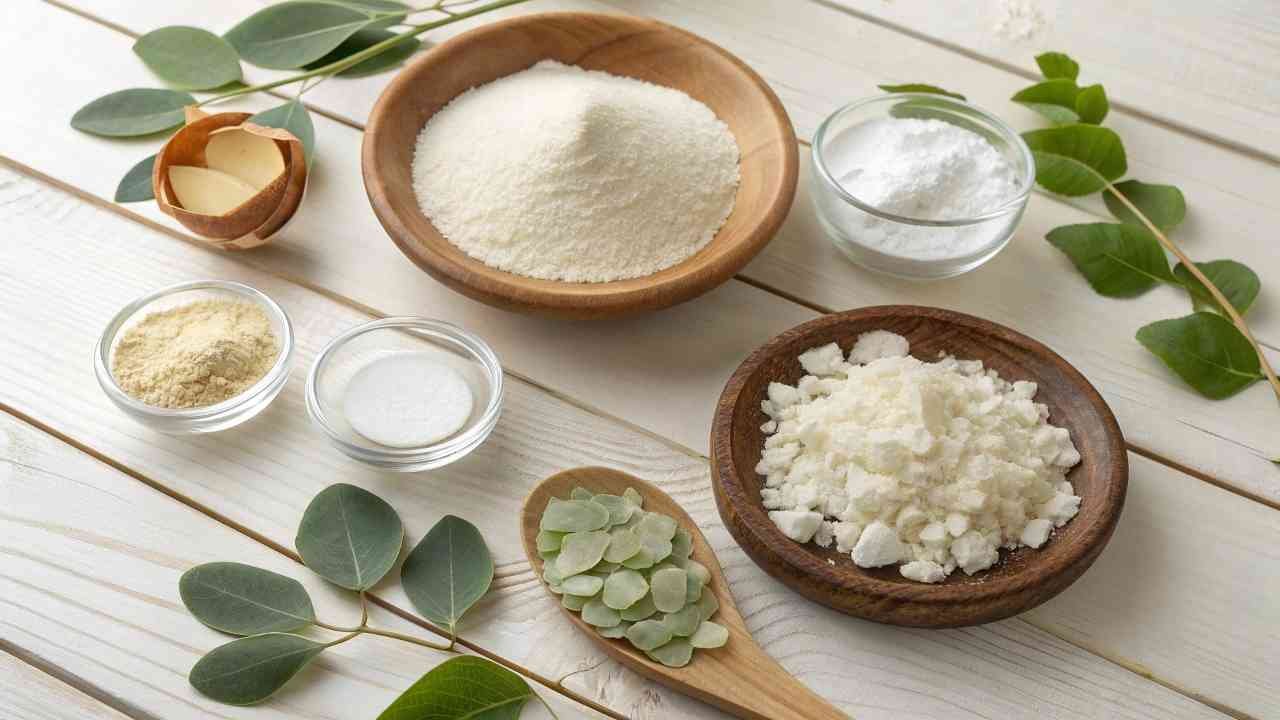
Many natural thickeners exist, often perceived as "cleaner":
- Guar Gum/Locust Bean Gum: Plant seed gums, good thickeners.
- Native Starches: Cornstarch, tapioca, etc. Thicken with heat.
- Pectin: From fruit, for gelling jams.
- Agar-Agar: Seaweed-based, strong gelling.
- Psyllium Husk6: High fiber, good for gluten-free binding.
However, these substitutes rarely match CMC's exact functionality, cost, or stability across all conditions. Reformulation and testing are usually needed.
Natural Alternatives Quick Look:
| Substitute | Source | Key Use | vs. CMC Note |
|---|---|---|---|
| Guar Gum | Bean | General Thickening | Different mouthfeel |
| Locust Bean Gum | Bean | Ice Cream, Sauces (needs heat) | More specific uses |
| Native Starches | Plant | Sauces, Fillings (needs heat) | Less stable, different texture |
| Pectin | Fruit | Jams (gelling) | Specific gelling needs |
| Agar-Agar | Seaweed | Gels | Brittle texture |
Conclusion
CMC is plant-derived and biodegradable, giving it eco-advantages. Its 'clean label' status is mixed due to chemical modification. Natural alternatives exist but require careful formulation adjustments.
-
Explore the advantages of wood pulp, including sustainability and its role in eco-friendly products. ↩
-
Learn how cotton linters contribute to sustainability and the circular economy by upcycling waste materials. ↩
-
Learning about Degree of Substitution can help you grasp its importance in modifying cellulose properties and applications. ↩
-
Exploring the energy implications of xanthan gum production can inform better practices for sustainability. ↩
-
Understanding brand strategy is crucial for businesses to effectively position themselves in the market and connect with consumers. ↩
-
Discover how Psyllium Husk can enhance your gluten-free dishes and boost fiber intake. ↩
